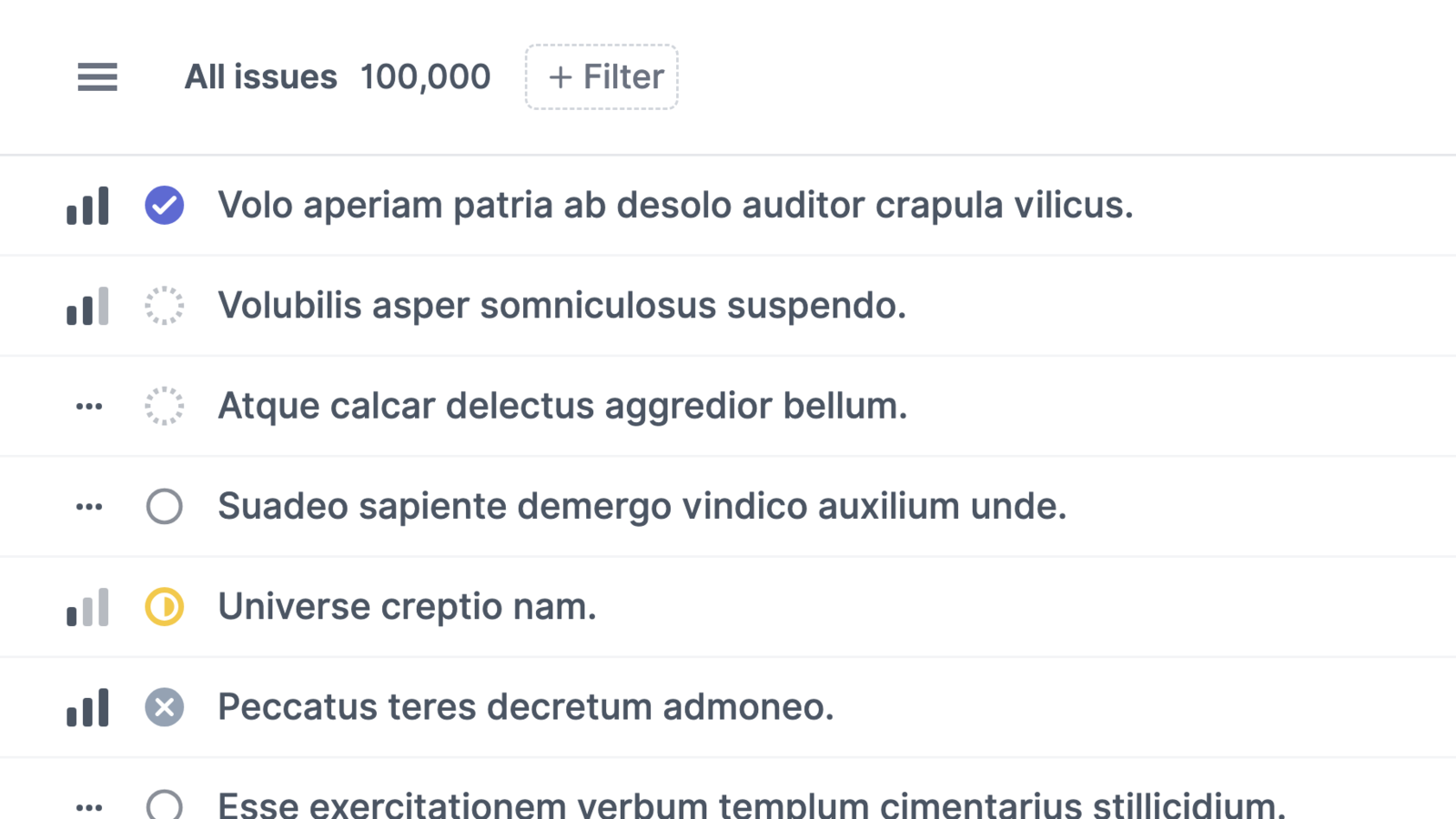Documentation
Welcome to the ElectricSQL developer documentation!
ElectricSQL is a Postgres sync engine. Use it to sync subsets of your Postgres data into local apps, services and environments.
🔥 TanStack DB - now in BETA!
Introducing TanStack DB - a reactive client store for building super fast apps on sync!
New to ElectricSQL?
Start with the Quickstart to get up-and-running.
The HTTP API and TypeScript Client docs and the guides on Auth and Shapes are good entrypoints and helpful to understand how Electric works.
The TanStack integration page then links to resources showing how to build super fast apps with Electric and TanStack DB.
The easiest way to use Electric in production is the Electric Cloud. Alternatively, the Deployment guide covers how to self host.
Looking for TanStack DB or PGlite?
TanStack DB docs are at tanstack.com/db and PGlite docs are at pglite.dev/docs.
Examples
See the Demos section and examples folder on GitHub for demos and examples, e.g.:
The integration docs also illustrate common patterns, e.g. using Electric with frameworks like TanStack and Phoenix and platforms like Supabase and Cloudflare.
Source code
ElectricSQL is an open source project developed at github.com/electric-sql. Check out the source code, issues and development in progress there.
Support
See the Community page for information on support and events, including our community Discord where you can ask questions and get support.



